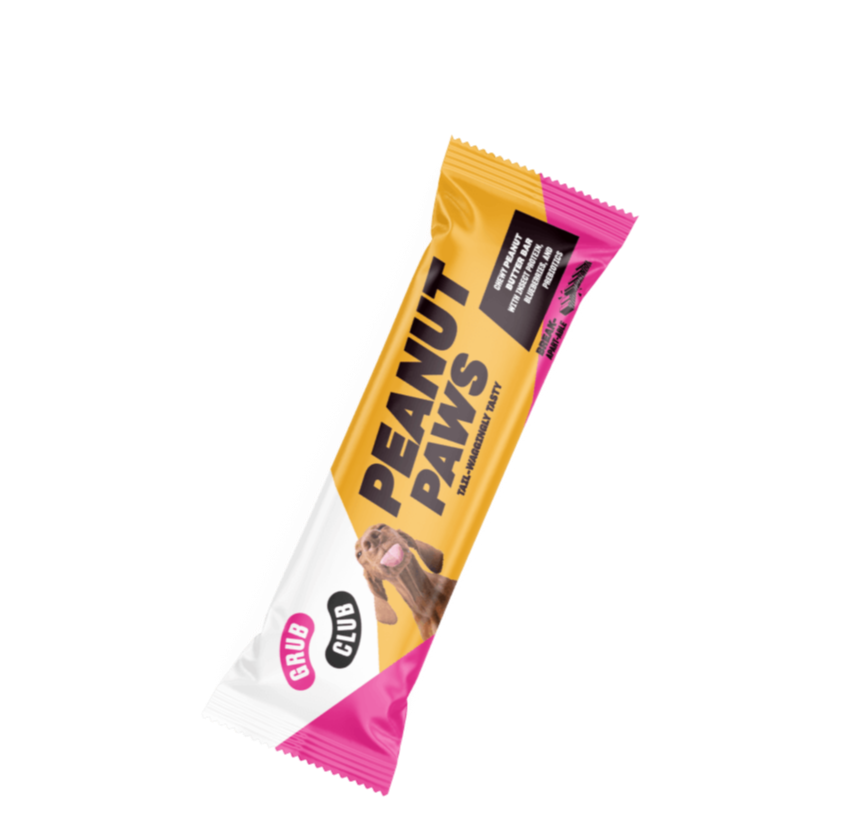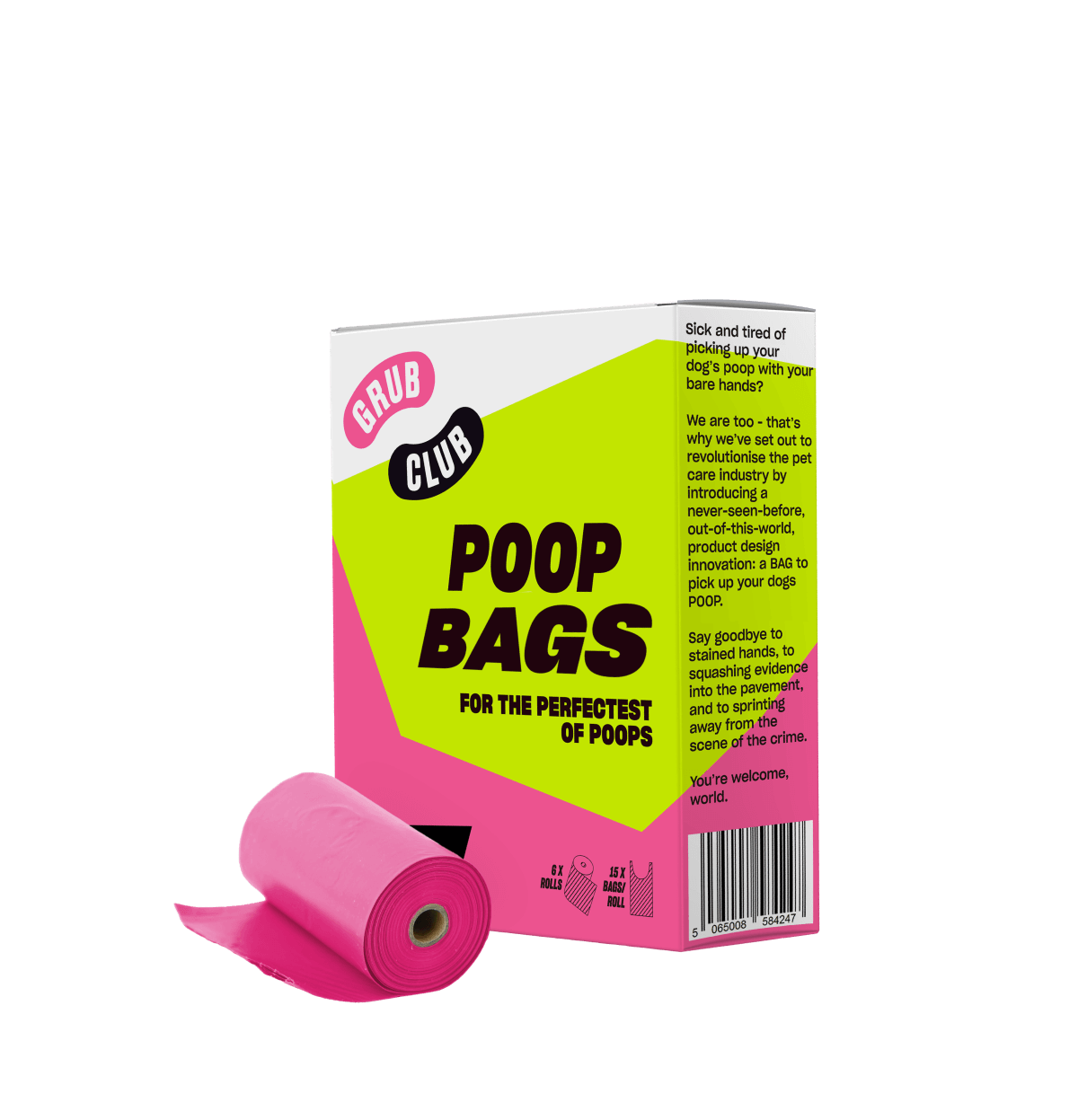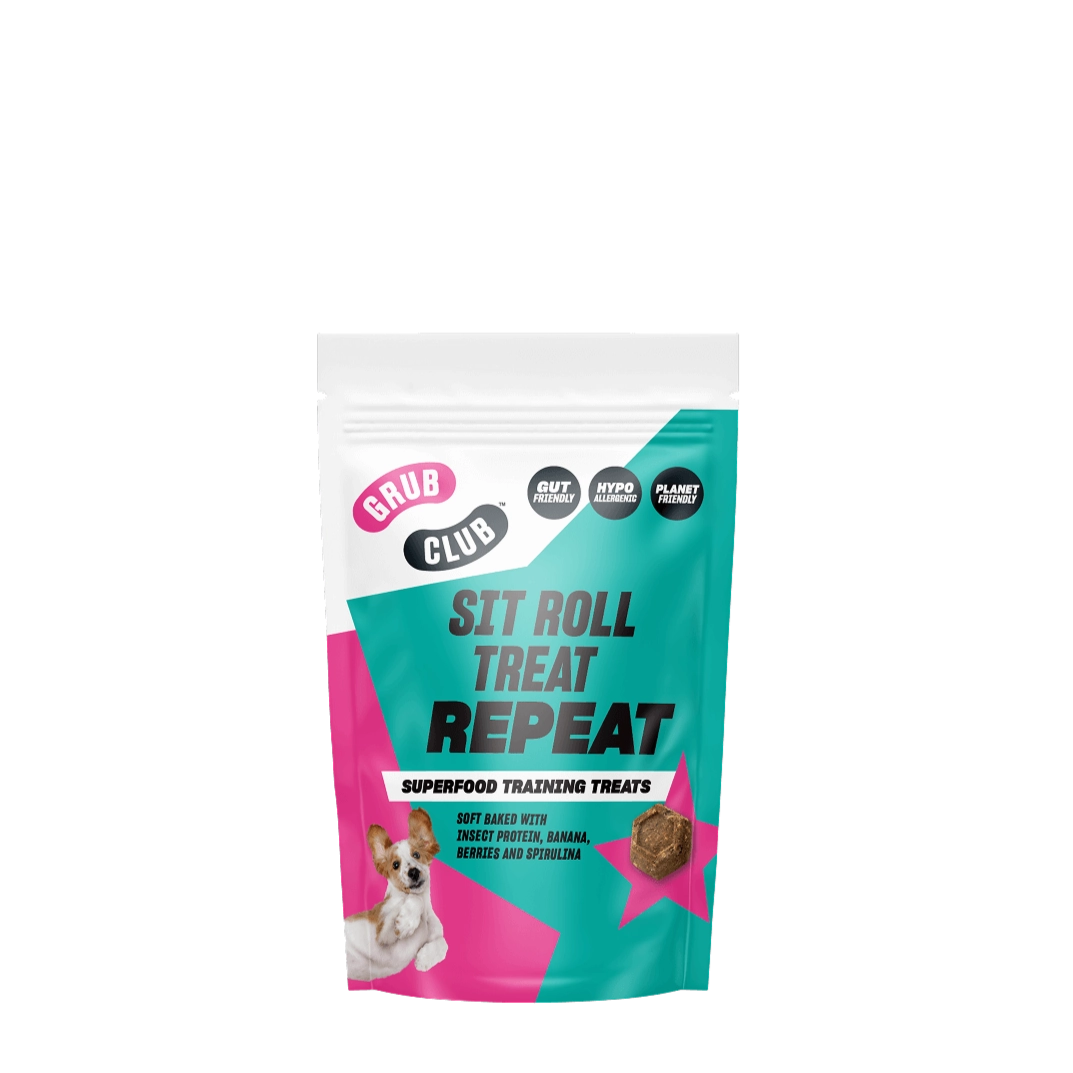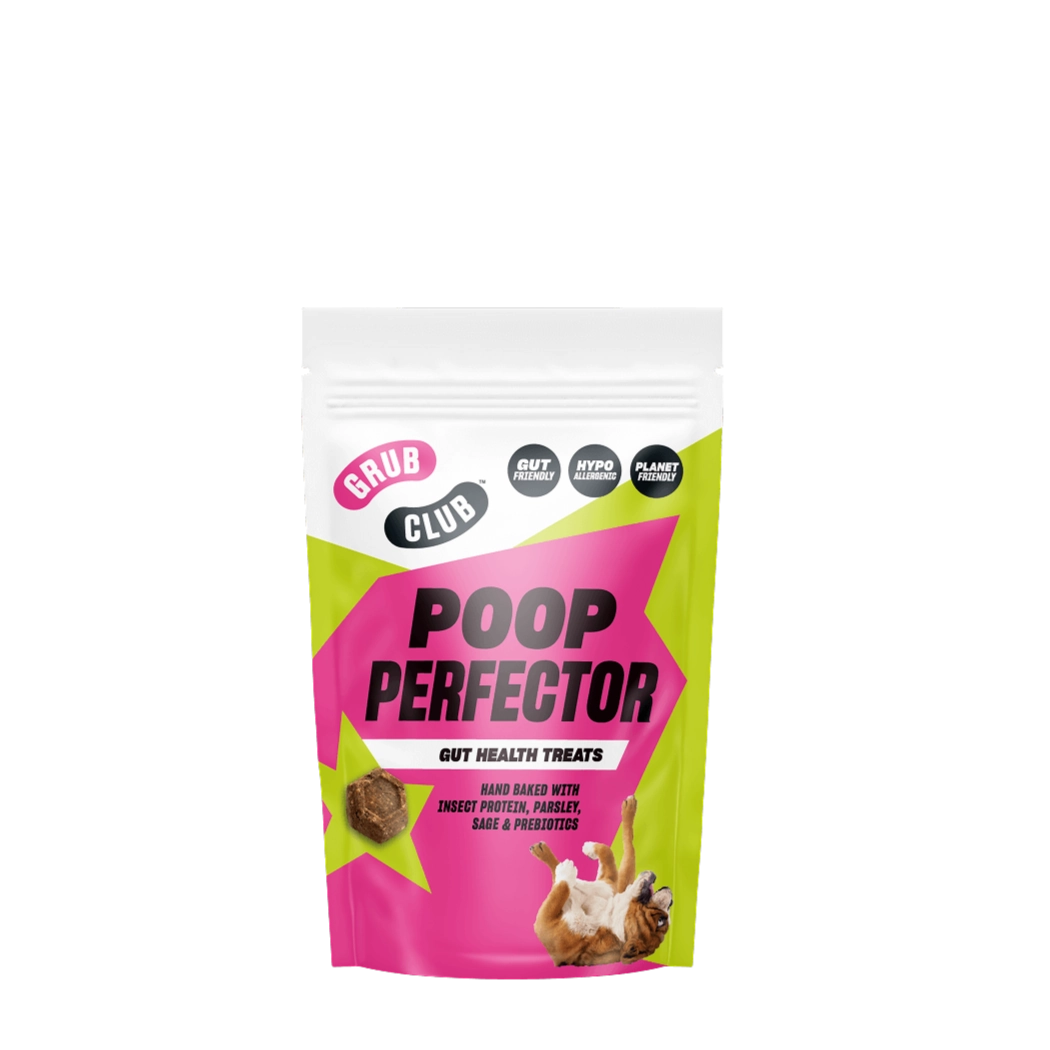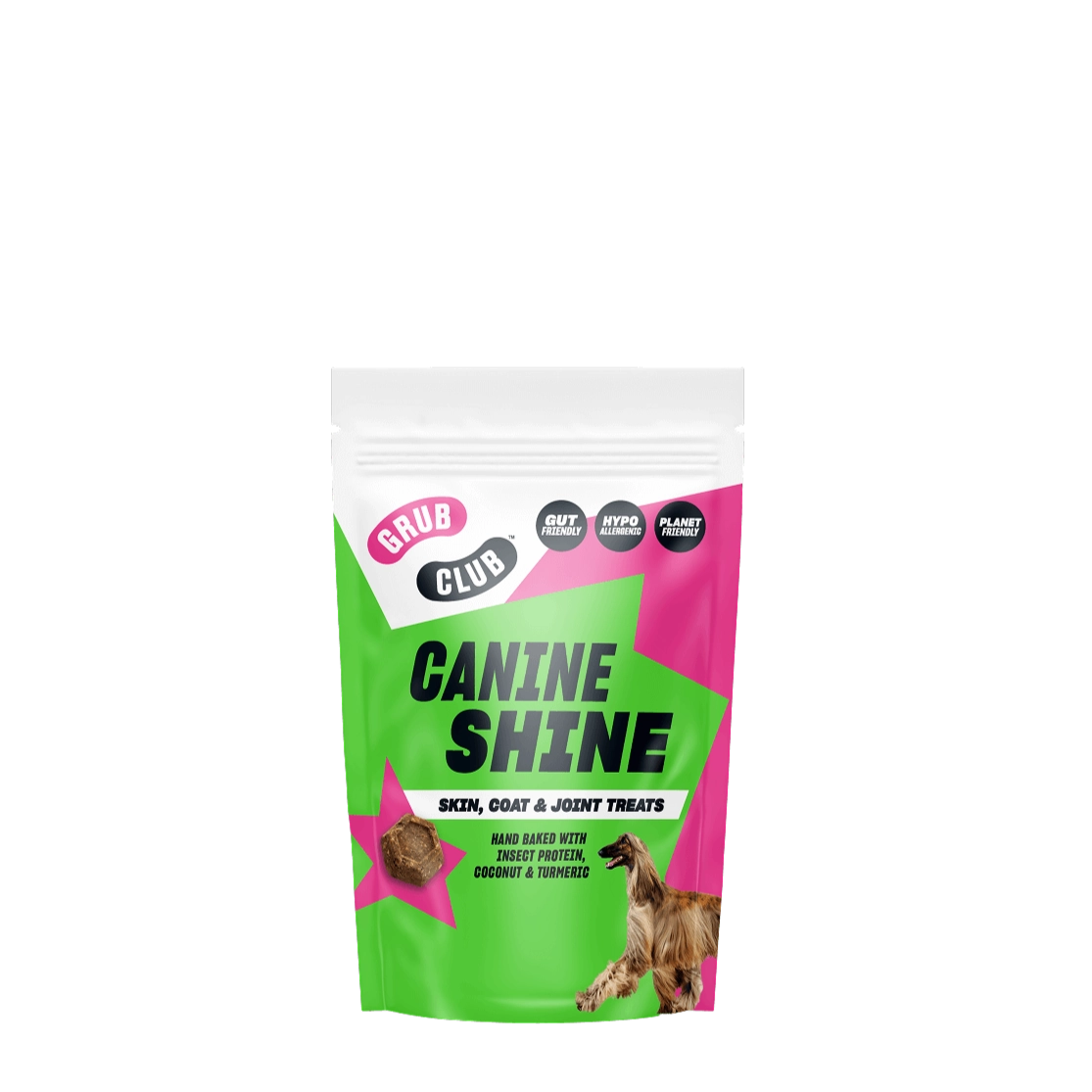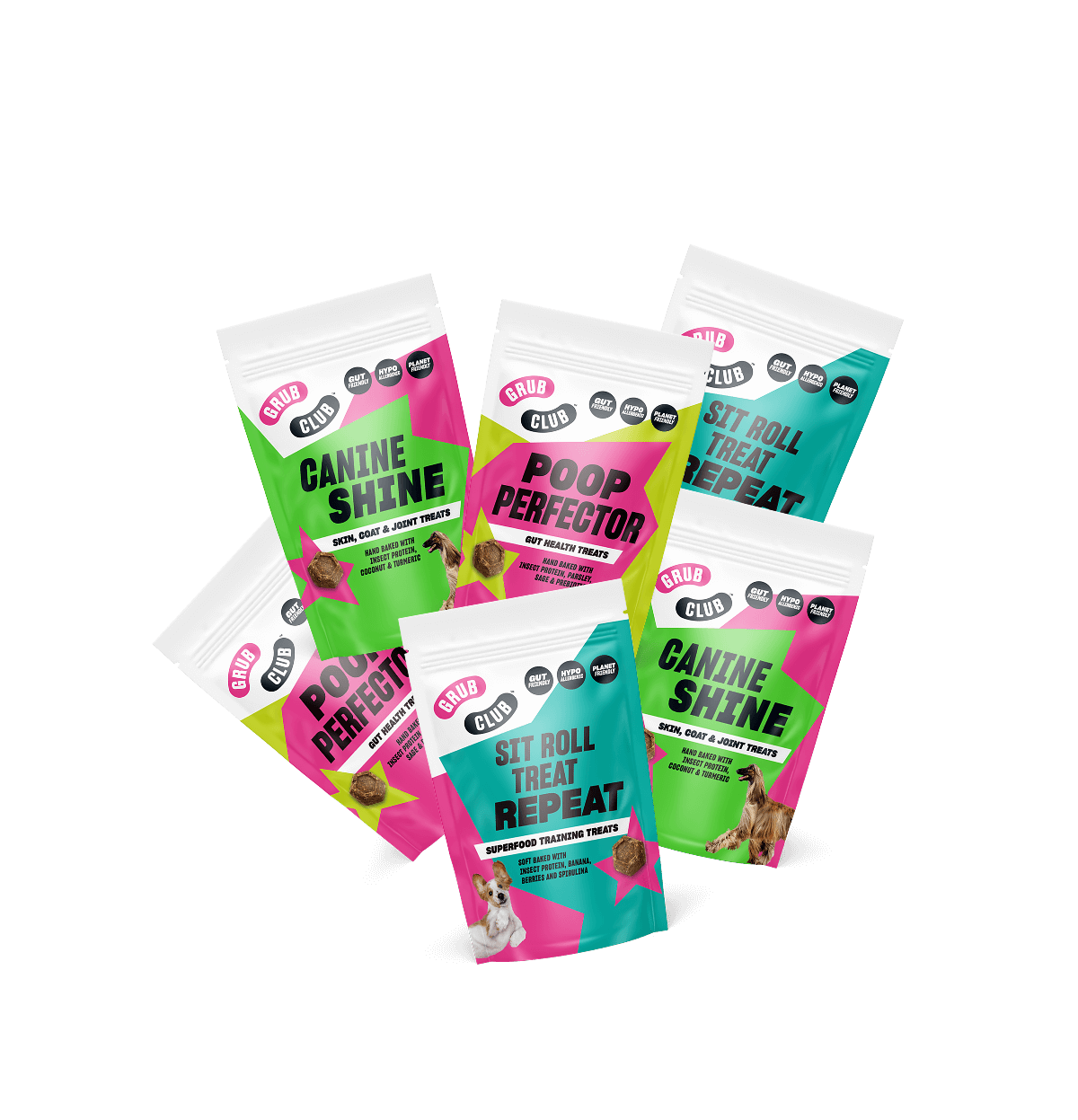Top Dog: All-In-One
Supplement for Snout-to-Tail Wellness
60 Scoops
FREE UK Delivery on orders above £49.
You have £0.00 in your cart, spend £49.00 more and get free shipping.
60 Scoops
1 Bar
72 Bags
1 Pack
1 Pack
1 Pack
Or continue without a name
CheckoutWhen it comes to our pets, we often think about their exercise, diet, and grooming needs. But one aspect of their health that can easily go overlooked is our dogs dental care. Just like us humans, dogs can suffer from dental issues if their teeth aren’t taken care of but how DO you look after your dog’s teeth?
Do you need to brush your dog’s teeth? Do they need toothpaste? Will they even tolerate brushing? All valid questions which we are going to answer for you in this blog…
Here are some of the key benefits of keeping those gnashers in tip-top condition:
Just like in humans, plaque and tartar buildup can lead to dental diseases in dogs. Brushing your dog’s teeth can help to remove plaque and bacteria, preventing issues like gingivitis and periodontal disease.
One of the most noticeable benefits of brushing your dog’s teeth is improved breath – now that’s something we can all benefit from!! Dental issues are a common cause of bad breath in dogs, and regular brushing can help keep their breath fresh making those kisses and cuddles much more enjoyable.
Dental problems can be painful for your canine and they often won’t let us know until things have become pretty severe. By maintaining good oral hygiene, you can prevent your dog from experiencing any discomfort associated with dental issues.
Preventative dental care is far more affordable than treating dental diseases once they develop. Regular brushing can save you money on potentially costly vet bills.
Neglecting your dog’s dental care can have serious consequences. Here’s what can happen if you don’t prioritise their oral hygiene:
Bad Breath: If your dog has persistent bad breath (halitosis), it could indicate plaque buildup, gum disease, or other dental issues.
Tartar or Plaque Buildup: Visible yellow or brown buildup on your dog’s teeth is a sign of plaque and tartar accumulation, which can lead to more serious issues.
Loose or Missing Teeth: If your dog has a loose or missing tooth, it could be a sign of advanced periodontal disease or injury.
Red, Swollen, or Bleeding Gums: Gums that are inflamed, bleed when touched, or appear redder than normal can be signs of gingivitis or periodontal disease.
Excessive Drooling: While some drooling is normal, an increase in saliva can indicate discomfort from dental issues or infections.
Behavioral Changes: Dogs with dental pain may become more irritable, less active, or show signs of distress when their face or mouth is touched.
Pawing at the Mouth or Face: Dogs may try to relieve pain from dental issues by pawing at their mouth or face or rubbing their face against furniture.
Just like humans, dogs can suffer from dental issues, making it important to take care of their teeth. Brushing your dog's teeth regularly helps prevent tartar buildup, gum disease, and other health problems, ensuring your furry friend enjoys a happy, healthy smile.
While daily brushing is ideal for maintaining optimal dental health, brushing at least two to three times a week can still make a significant difference in preventing plaque buildup and promoting fresh breath.
Now that we’ve covered the importance of doggy dental care, let’s explore how to clean dogs teeth safely and effectively.

Firstly, you’ll want to pop to your local pet store and select a toothbrush which has been designed specifically for dogs. These brushes have soft bristles and are available in various sizes to suit your dog’s mouth.
Never use human toothpaste for your dog. Instead, opt for toothpaste formulated for dogs, which is safe to swallow and comes in tasty flavours that your pooch will enjoy.
Introduce them to their new toothbrush gradually. Let them sniff and lick it to help them become familiar with this new tool before you start brushing.
Choose a suitable room in the house, preferably one the dog likes, and one which is well-lit. Keep the atmosphere calm and ensure your dog is held firmly yet comfortably. Depending on your dog’s size and strength you may want a little assistance from a family member to begin with. Now you can gently lift your dog’s lips and brush in a circular motion around their teeth and gums just as you would brush your own.
Make toothbrushing a positive experience for your dog by offering some tasty treats and lots of praise afterwards. This will help them to associate dental care with being a positive activity.
If your dog simply won’t tolerate brushing, there are some amazing alternatives on the market such as Grub Club’s new Clean Teeth Chill Dental Sticks. These can be offered daily to your dog and will:

And because these are Grub Club products you can be rest assured that they are only made with insect protein making them delicate on those sensitive tummies.
Brushing your dog’s teeth is an essential part of their overall health and can help prevent dental diseases, discomfort, and costly treatments. By following these steps you will be ensuring that your furry friend has clean dog teeth and a longer, happier life.
Check Out Our Related Products & Bundles:

